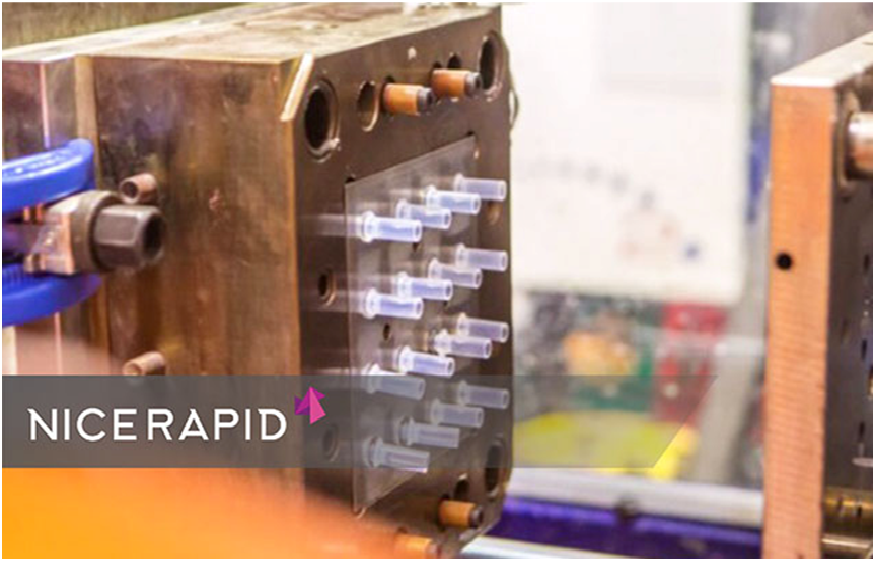Reasons why you should incorporate liquid silicone rubber molding into your production process
The most widely used material in injection molding processes is plastic, a few reasons why plastics are utilized by most industries is its durable, lightweight and can be molded into a wide variety of sizes and shapes.
Materials like thermoplastic elastomers are not robust enough to withstand extreme conditions such as heat and pressure. It will cause your products and components to distort or lose shape, as a result of such things; liquid silicone rubber molding is gaining huge traction in recent days.
Mechanical features of the silicone rubber mold
The mechanical properties of the silicone mold are different based on the grades, due to the versatility and flexibility of the manufacturing technique it’s used in a wide range of product applications.
Despite the industry or sector that you are in, the materials used in the process will provide robust resistance to bacteria. The automotive industry has hugely benefitted as the parts produced have the capability of withstanding extreme vibrations and heat, the mechanical properties of the liquid material provide a perfect starting point.
Some of the vital features and traits of liquid silicone rubber molding are resistance to tear, water oil and heat, transparency, electrical conductivity, fast curing, low compression set. Additionally, it also provides enhanced durability and strength.
Its recommended to always use a temperature range of -1000C to 2000C, different grades of the silicone rubber mold can withstand even the most extreme conditions.
The main principle behind liquid silicone rubber mold
There is a strong linkage between thermoplastic and liquid silicone injection molds. The only key difference is the silicone rubber has a low viscosity which means that when it comes to filling the cavity it will take a short time.
Having good venting molds will minimize trapping of air, for LSR they will expand when its placed in molds and then shrinks after some time.
Applications of liquid silicone rubber mold
Silicone rubbers have unique features that allow it to maintain the mechanical properties at different temperatures. Also, it’s hydrophobic which means it’s the best material when it comes to electrical surface insulation.
Some of the most common applications of liquid silicone rubber molding include:
- Kitchen products
- Medical products
- Multi-pin connectors
- Infant products
- Sealing membranes
- Electrical connectors
- Seals
Silicone is a safe, durable, and pliable raw material that is used to make products and prototypes used in a wide variety of industries. LSR is a perfect industrial technique that’s used to make products in a fast and effective manner.

